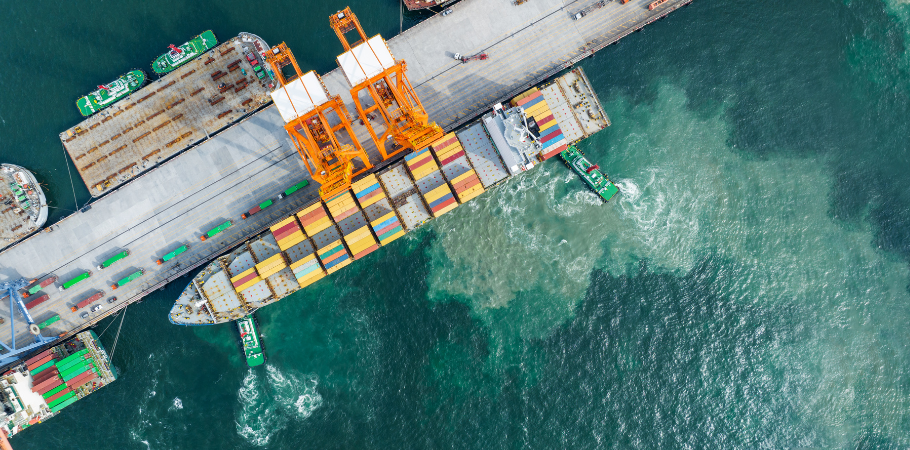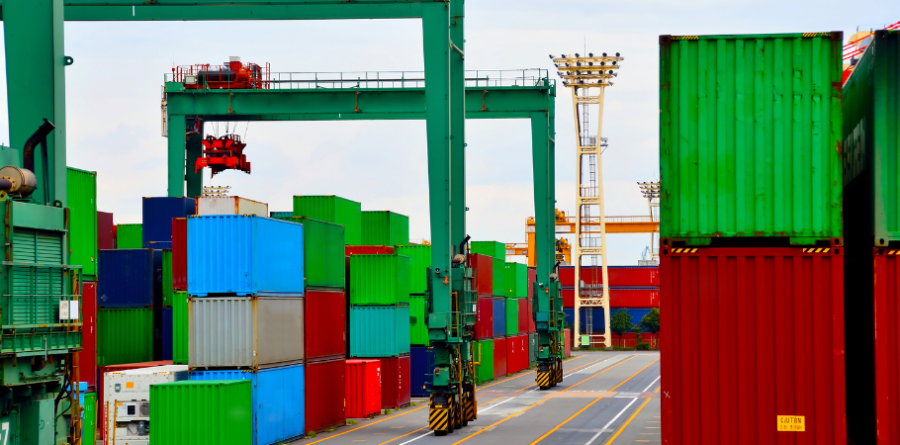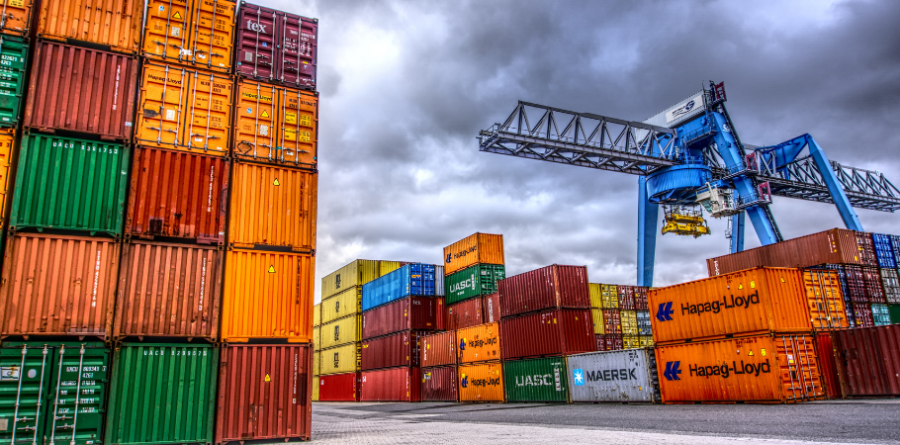
Singapore’s port terminals are pivotal in the nation’s efforts to decarbonize and achieve a low-carbon future. With a focus on cleaner energy, automation, and digitalization, the Maritime Singapore Decarbonisation Blueprint outlines strategic plans to significantly reduce emissions from port operations by 2030 and achieve net-zero emissions by 2050. This ambitious vision aligns with Singapore’s broader environmental goals and international commitments, ensuring that the country remains a leading global hub port and maritime centre.
Cleaner Energy and Efficiency at Singapore’s Port Terminals
One of the primary goals of Singapore’s port terminals is to transition to cleaner energy sources. Port terminal operators, such as PSA Corporation Limited (PSAC) and Jurong Port Pte Ltd (JPPL), are at the forefront of this effort. They have developed comprehensive strategies to electrify port handling equipment, vehicles, and terminal buildings. This shift from diesel-based operations to electric power is crucial in reducing direct emissions. For instance, PSAC has already begun replacing diesel rubber-tyred gantry (RTG) cranes with electric versions, significantly lowering emissions.

In addition to electrification, PSAC and JPPL are exploring the use of alternative fuels like LNG (liquefied natural gas) and biodiesel. These cleaner fuels are being introduced progressively, with the aim of further reducing emissions from port operations. The adoption of such energy-efficient practices is expected to yield a substantial decrease in carbon emissions, contributing to the overall sustainability of Singapore’s port terminals.
Energy Efficiency Gains through Digitalisation
Beyond the adoption of cleaner energy, Singapore’s port terminals are leveraging technology and digitalization to support their decarbonization efforts. Smart prime movers, developed by PSAC, are equipped with sensors and telematics, enabling drivers to “eco-drive” by avoiding hard braking and excessive acceleration. This not only reduces fuel consumption but also enhances the overall energy efficiency of port operations.
The implementation of autonomous technology is another key aspect of this digital transformation. PSAC is trialling autonomous prime movers that use AI-optimised routing, speed, and acceleration to maximise efficiency. These efforts are expected to result in a significant reduction in emissions per container move.
Moreover, smart grid management systems are being deployed at port terminals to monitor and optimise energy usage across various facilities. These systems allow for more effective energy management, reducing both emissions and operational costs. The collaboration between PSAC, the Energy Market Authority (EMA), and industry partners is expected to yield further energy efficiency gains, reinforcing Singapore’s commitment to sustainable port operations.
Developing Port-Centric Ecosystems
Singapore’s port terminals are also focused on reducing emissions beyond their immediate confines by developing port-centric ecosystems. These ecosystems involve clustering synergistic businesses and industries around the port, thereby streamlining supply chains and reducing transportation-related emissions. For instance, the consolidation of container terminal operations at Tuas Port will eliminate the need for inter-terminal haulage, significantly reducing associated emissions.
 Jurong Port is implementing similar strategies by co-locating concrete batching plants with aggregate and cement storage facilities. This integration is expected to reduce the number of truck movements, resulting in substantial carbon savings. As these port-centric ecosystems continue to evolve, they will play a crucial role in achieving Singapore’s long-term sustainability goals.
Jurong Port is implementing similar strategies by co-locating concrete batching plants with aggregate and cement storage facilities. This integration is expected to reduce the number of truck movements, resulting in substantial carbon savings. As these port-centric ecosystems continue to evolve, they will play a crucial role in achieving Singapore’s long-term sustainability goals.
Sustainable Reclamation and Infrastructure Development
Sustainability is also integral to the design and development of Singapore’s next-generation port infrastructure. During the reclamation of Tuas Port, for example, excavated earth from other construction projects was reused as fill material. This approach not only reduced the need for sand fill but also generated significant cost savings while minimising environmental impact.
Additionally, efforts have been made to preserve Singapore’s marine environment during port development. The Maritime and Port Authority of Singapore (MPA) undertook a coral conservation program, relocating thousands of coral colonies to protect them from the impacts of reclamation. Such initiatives demonstrate Singapore’s commitment to balancing economic development with environmental preservation.
A Vision for the Future
Singapore’s port terminals are on a clear path towards a sustainable future. Through the adoption of cleaner energy, digitalization, and the development of port-centric ecosystems, they are set to achieve significant reductions in carbon emissions. The Maritime Singapore Decarbonisation Blueprint provides a roadmap for these efforts, ensuring that Singapore remains a leader in maritime sustainability. As the country progresses towards its 2050 net-zero emissions goal, its port terminals will continue to play a crucial role in shaping a greener and more resilient maritime industry.
See more: Singapore’s Port Terminals Decarbonisation – Toward 2050


